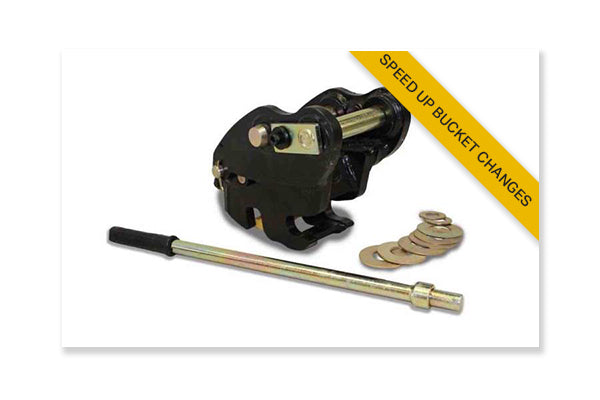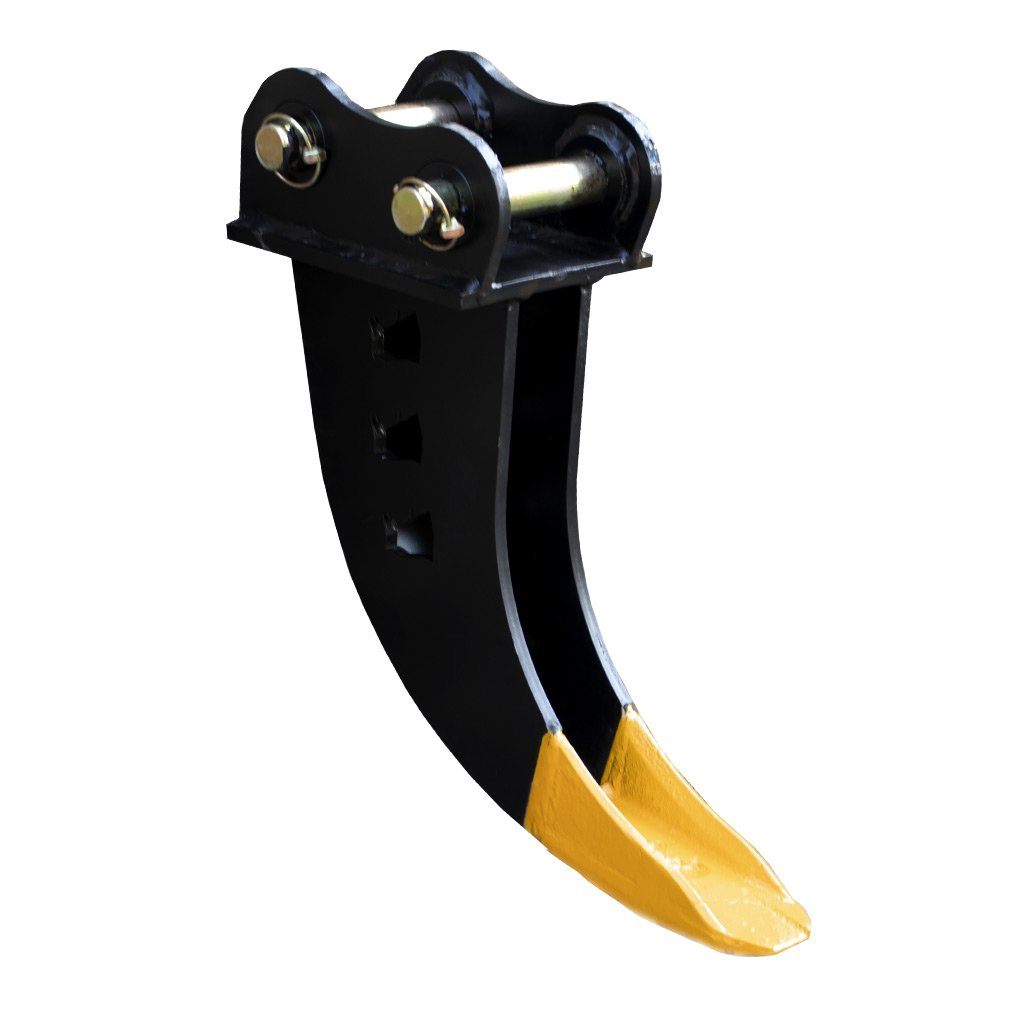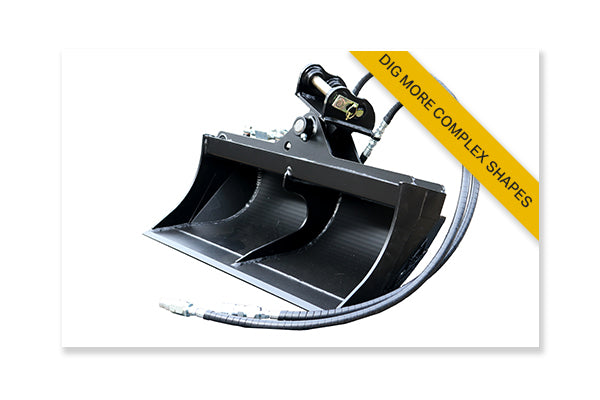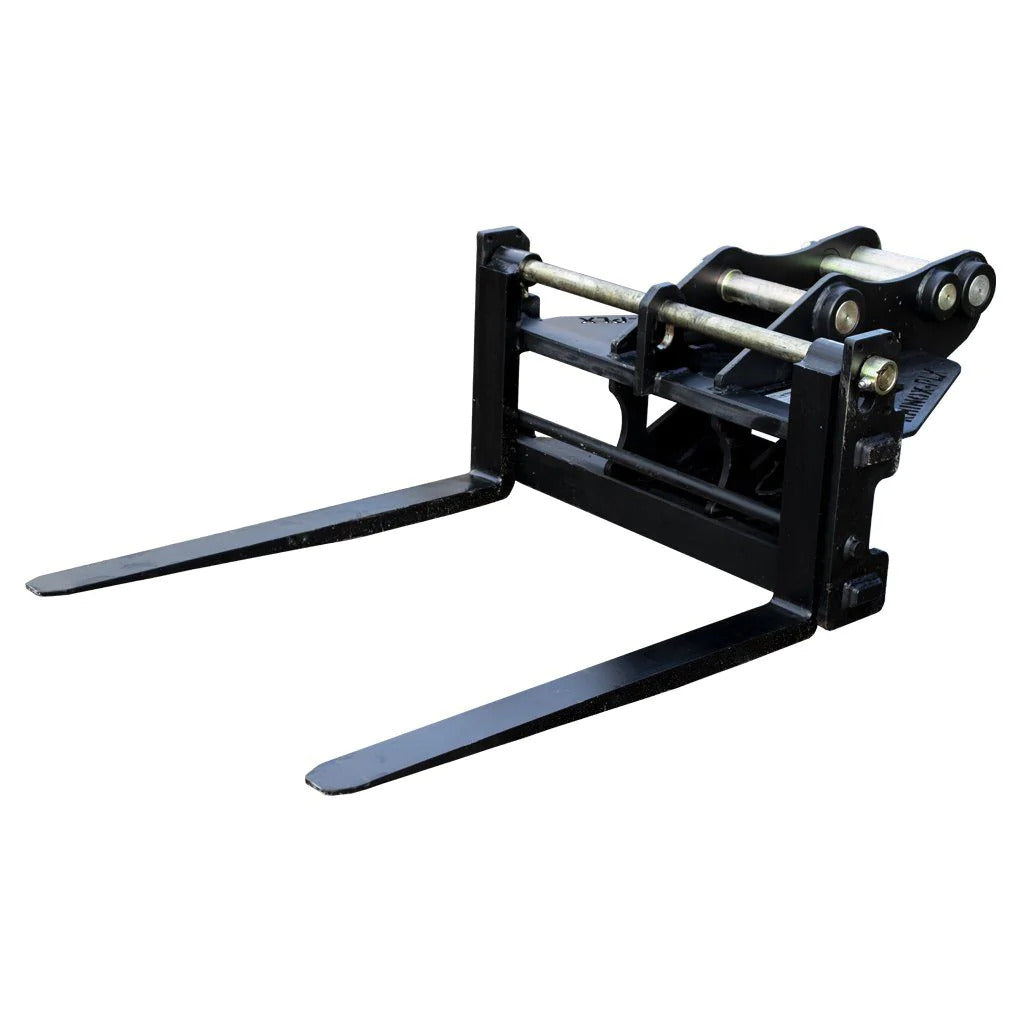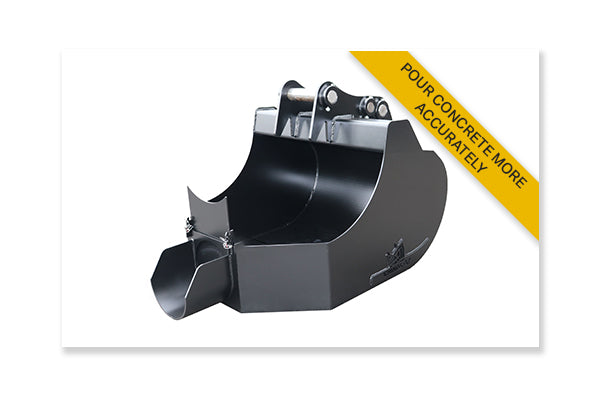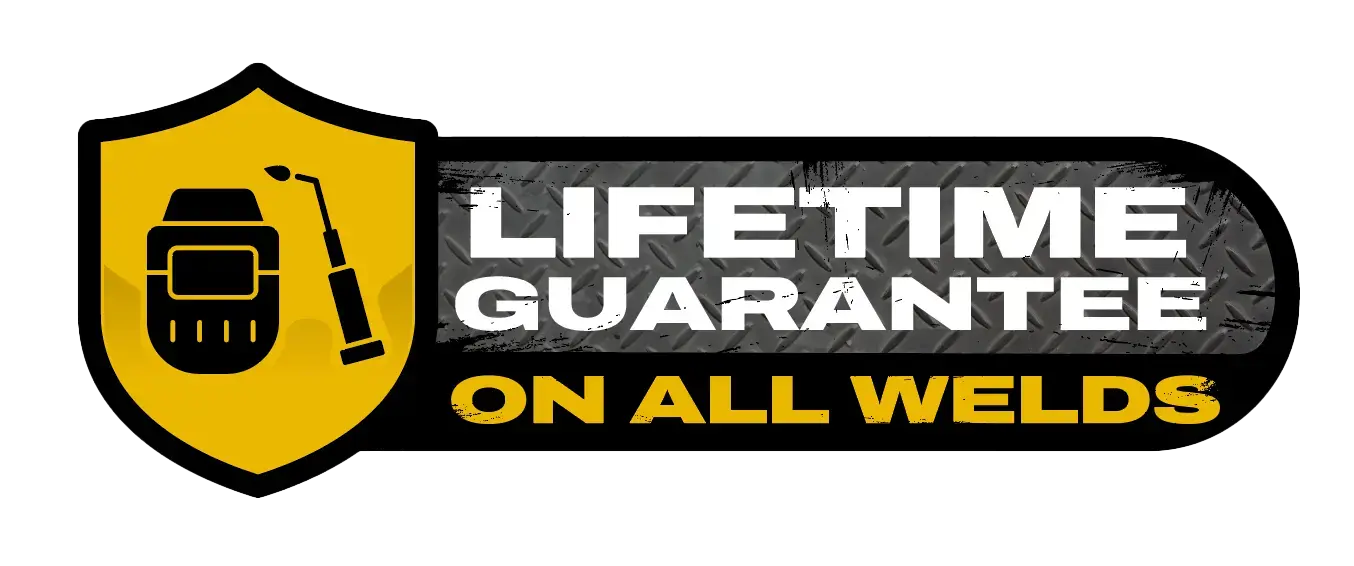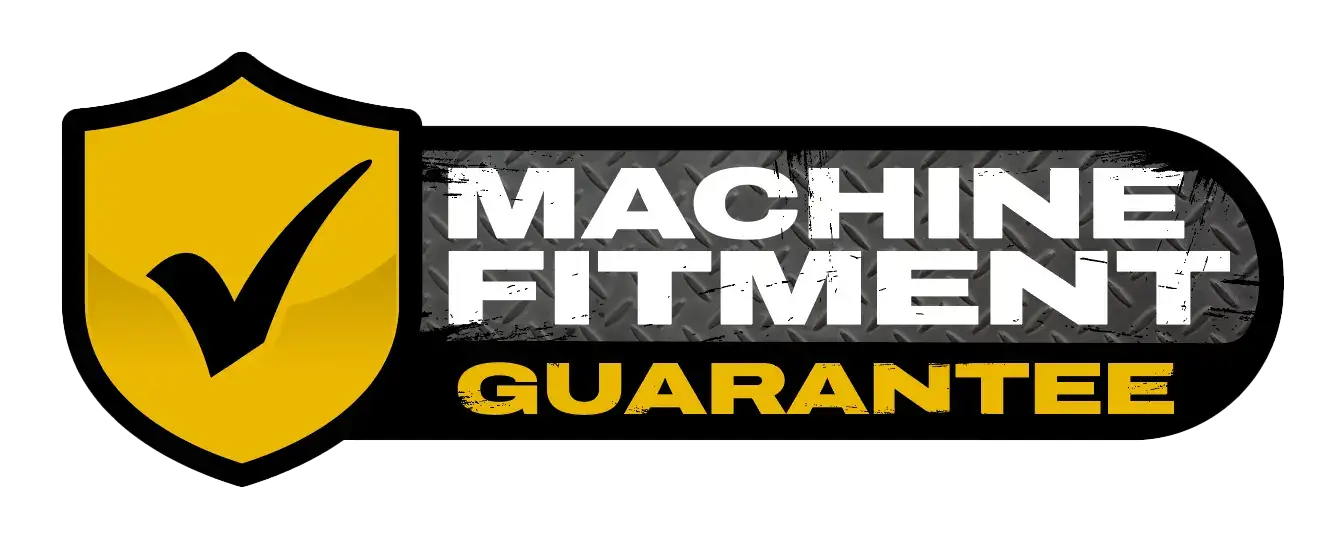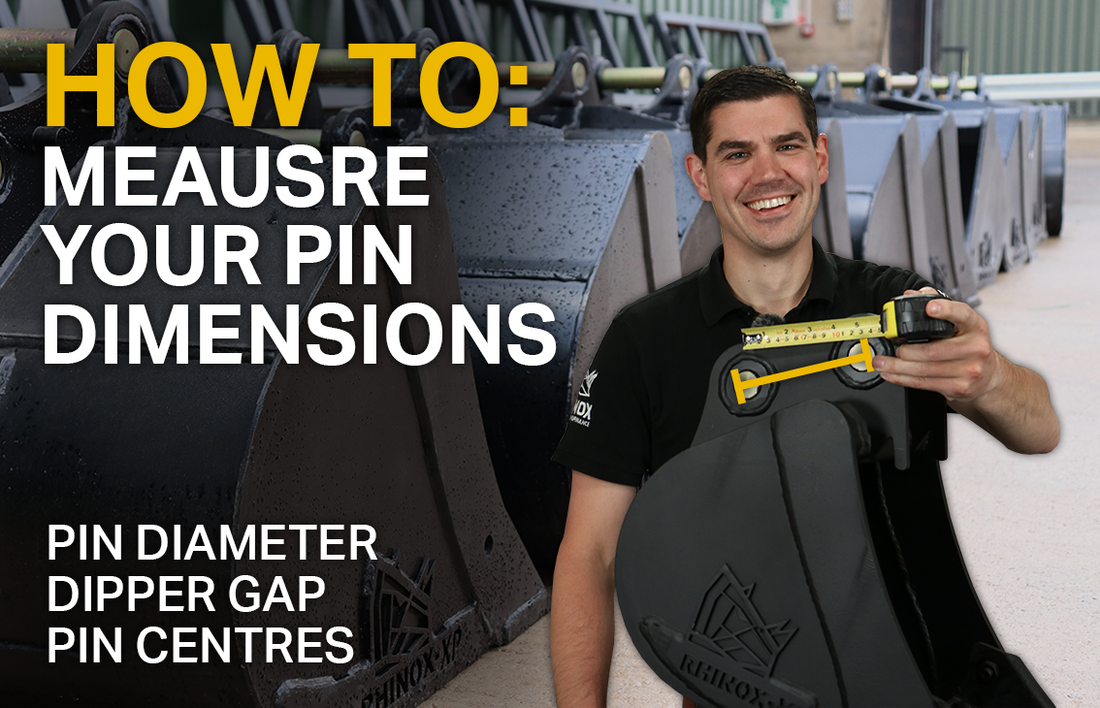
How To Measure Digger Bucket Pin Dimensions
Measuring the pin dimensions on your digger bucket / excavator bucket is an incredibly easy task to carry out. However with the different terminologies used for each individual dimension, it can soon become rather daunting and put the most experienced of operators off. For example the dipper gap, as we call it, is also often referred to as the dipper width, boom width, or even ‘the distance between the ears’. While these are all correct terms that are used widely in the industry, if we listed them all on our handy smart machine search tool, it would probably double the size of the post. For a quick and easy guide to Measure your Pin Dimensions, keep reading.
How To Measure Pin Dimensions
Measure the Pin Diameter
Measuring the pin diameter is straightforward. Take one of the pins you currently use to attach your digger bucket and measure its widest part. The easiest way to do this is with a set of vernier callipers, but you can also use a tape measure or ruler. Alternatively, you can measure the inside of the hole on the hanger. Keep in mind that if the bucket is well-used, there may be a few millimetres of wear.

Measure the Dipper Gap
The dipper gap is the internal measurement between the bucket hangers, where the main arm of the digger and your bucket link fit. Measure the smallest internal size, usually found between the bosses. The easiest way to do this is with a tape measure or ruler. You can also measure the outside width of the bucket link, but this method can be less accurate due to wear, so use it only if absolutely necessary.

Measure the Pin Centres
The final measurement you need is the pin centres, which is the distance between the centres of the two bucket pins. The easiest way to measure this is with a ruler or tape measure. Instead of estimating the centre of the pins, measure from the front edge of one pin hole to the front edge of the other pin hole.

Purchase your excavator buckets, attachments & hitches!
If you're looking to buy a Rhinox bucket or attachment that fits your digger's dimensions, you can shop online today using our pin dimensions search tool or the machine make and model tab at the top of the page. If you have any questions, feel free to get in touch, and one of our team members will be happy to assist you.

